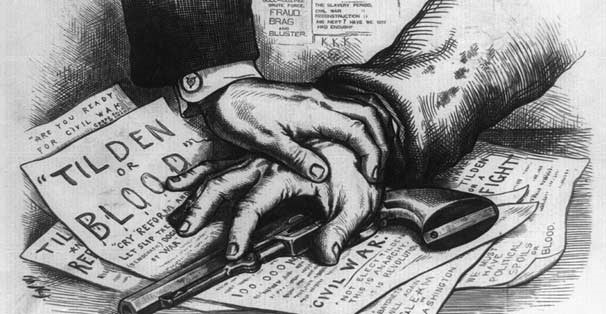10 Things You Forgot About the 2016 Primaries
As this year’s Democratic primaries slowly roll to the end of a long year beset by caucus difficulties and disruptions brought on by coronavirus, it’s easy to see how the wide field of contenders and all the incidents of the last several months might have erased your recollection of the last time a number of presumptive candidates duked it out to take the top of their party’s ticket. With the end sight, but the resolution still unclear, here’s a look back at 10 big points from the 2016 Primaries.
1. There were A LOT of Republicans
It may be hard to remember, given the outsize number of Democrats in the 2020 primary season (29), but the GOP had 17 major candidates vying for the nomination. However, five of them withdrew by December of 2015 before any votes were actually cast; the first five out were Rick Perry, Lindsey Graham, Bobby Jindal, Scott Walker, and George Pataki.
As the thinning of the field began in earnest, some of the reasons for dropping out veered from scandalous to strange. Former U.S. Senator (and famous Google algorithm victim) Rick Santorum seemed like a possible contender, but he polled at under 1 percent and got pummeled in Iowa. Former Virginia governor Jim Gilmore only got 12 votes in Iowa and 133 in New Hampshire. Chris Christie, the former governor of New Jersey, also looked like someone with a chance, but he became mired in a sea of controversies from his home state, including the “Bridgegate” closing scandal, the amount of money paid for his state trooper security detail, and his prolonged absences from New Jersey, particularly during 2016 flooding.
2. There were more Democrats than just Bernie and Hillary
By contrast, only six contenders suited up for the Democratic nomination. In addition to Bernie Sanders and Hillary Clinton, there were Martin O’Malley, Lincoln Chafee, Jim Webb, and Lawrence Lessig. O’Malley and Chafee were governors (of Maryland and Rhode Island, respectively), Webb was a senator from Virginia, and Lessig was a Harvard law professor. Lessig, Webb, and Chafee were all out of the race by November 2015.
3. Joe Biden stayed out for personal reasons
A number of pundits and politicians tried to encourage Vice President Joe Biden to run for the Democratic nomination. Unfortunately, Biden’s son, Beau, had died in May 2015 after a battle with cancer. The elder Biden considered running, but stated at the time that he doubted that he had the “emotional energy” to enter the contest. Ultimately, Biden did not run in 2016.
4. Donald Trump got a disproportionate amount of coverage
You might remember that candidate Trump was all over the TV from the moment that he entered the race. What you might not know is that studies have shown that he received more coverage than Sanders, Clinton, Ted Cruz, and John Kasich combined. According to reporting by the New York Times, Trump got almost $2 billion worth of free media.
5. Did the DNC rig it for Hillary?
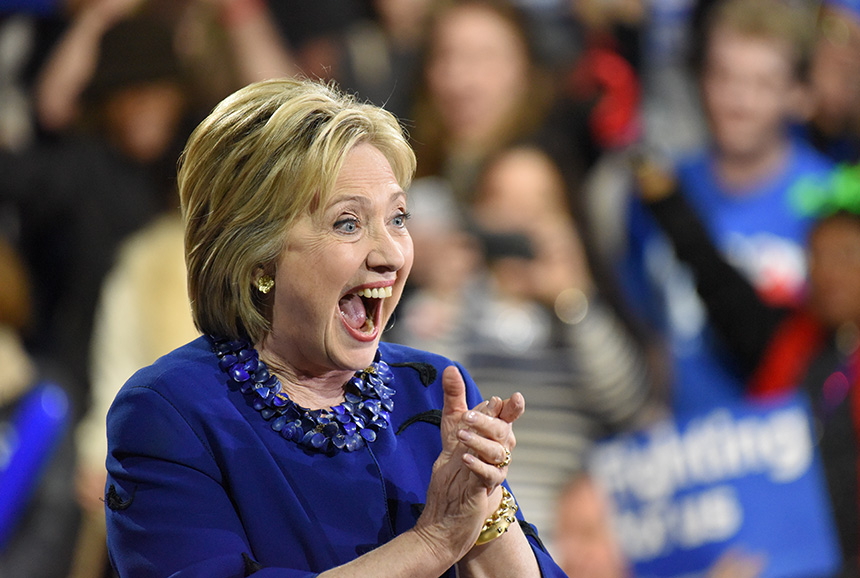
Oh, look, a can of worms. Seriously, this question was the biggest intra-Democrat controversy of the primaries. Huge names said that the process was rigged, and then backed off. You have to start with the fact that Clinton was historically popular; every female Dem senator cosigned a letter trying to get her to run as early as 2013. She came in with groundgame established, staff at the ready, and donors lined up.
Sanders was no slouch on groundgame, energizing young voters and offering an independent-running-as-a-Democrat outsider cache. While he didn’t put together the votes to beat Clinton, there were those that felt the DNC had given Clinton an unfair advantage. Did it happen? That will continue to be debated for years. There is certainly truth that Clinton’s fame and connections took up a lot of air in the room, and of the rest of the field, only Sanders was able to generate any momentum.
6. Cruz and Kasich were the other last GOPers standing
Out of that crowded GOP field of 17, the last two to slug it out with Trump were Cruz and Kasich. Cruz actually won the Iowa primary; he finished with the second largest number of bound delegates before the GOP convention. Former Ohio governor Kasich withdrew one day after Cruz, but he had far fewer delegates; he ultimately declined to endorse Trump, and wrote-in John McCain when he voted.
7. Mike Pence endorsed . . . Ted Cruz

In what must be an awkward fact in Trump administration performance review meetings, then-Indiana governor Mike Pence endorsed Ted Cruz on April 29, 2016. While he stopped very short of being critical of Trump, Pence said “I will be voting for Ted Cruz in the Republican primary.” The Washington Post mocked Pence’s endorsement, citing its “remarkable lameness” and “the world’s most obvious attempt to have it both ways.” In fact, Pence’s former chief of staff Jim Atterholt later admitted that it was Pence’s praise of Trump while endorsing Cruz that got him consideration for the VP job.
8. Martin O’Malley was a distant Dem third
After Lessig, Webb, and Chafee bailed, O’Malley was the only other candidate in the mix with Clinton and Sanders. He never really achieved any traction, and he withdrew on February 1, 2016. When Clinton pulled in enough delegates to be counted as the presumptive nominee, O’Malley officially endorsed her.
9. Bernie stayed in the race until June
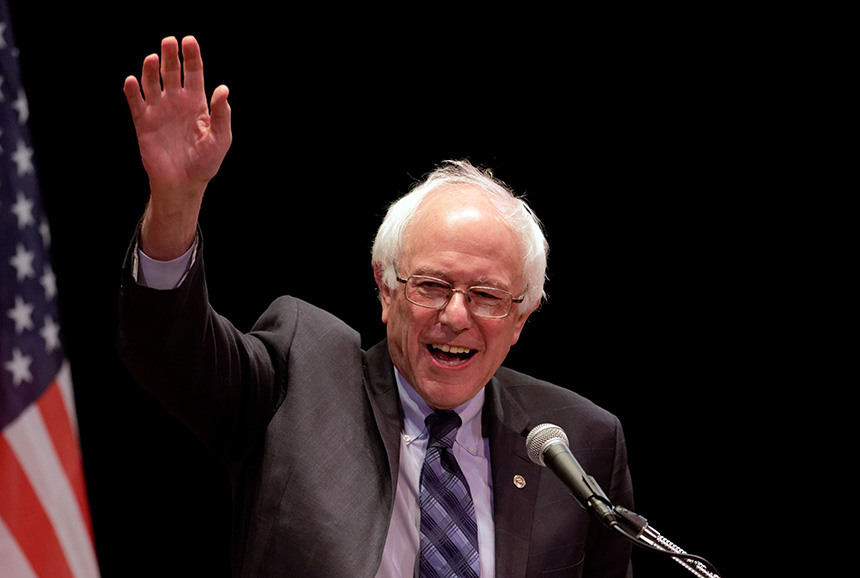
For his part, Sanders didn’t give up nearly as easily. He hung in the race until well after Clinton had become the presumptive nominee. By June 16, 2016, Sanders put out a video that said that he would work with Clinton to beat Trump. However, he didn’t officially endorse her for another month, making his support official on July 12.
10. Trump had the lowest popular vote percentage since the ’80s
It’s true that Donald Trump did take the biggest number of delegates by a wide margin. However, in terms of popular primary vote, he had the lowest percentage for a major party nominee (44.9 percent) since Democratic candidate Michael Dukakis in 1988. This foreshadowed his lower popular vote finish in the general election, where he pulled in 46.1 percent against Clinton’s 48.2 percent.
However, strangely enough, he managed to break a 2000 record for the most popular votes cast for a Republican presidential primary winner, with more than 14 million. That would suggest that more people voted in 2016, an interpretation backed up by data from census.gov. The site reported that, “Overall, in 2016, there were about 4.6 million more reported voters than in 2012. A majority of these additional voters (3.7 million) were 65 years and older.” As for how that may have impacted Trump, the site also noted that “a large portion of the additional reported voters (2.8 million) were non-Hispanic whites who were also 65 years of age and older.”
Featured image: Joseph Sohm / Shutterstock.com
Most Popular Articles of 2016
As 2016 draws to a close, we wanted to share our most popular articles published this year.
1. The Worst Presidential Election in U.S. History
Read the Post’s response to the presidential election of 1876, which was ultimately decided in a secret, closed session among members of both parties just days before the inauguration.
2. People and Places: Garrison Keillor
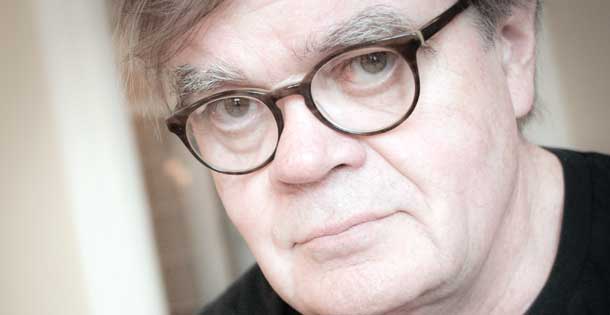
Jeanne Wolf interviews Garrison Keillor on stepping down from A Prairie Home Companion and what comes next.
3. Truman and Trump: Explaining the Unexpected Winner
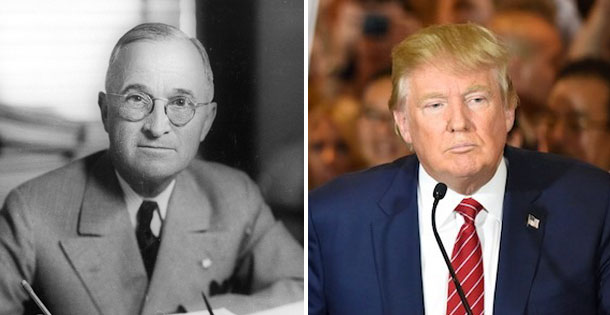
Donald Trump’s victory in the 2016 presidential election bears similarities to Harry S. Truman’s election in 1948, not only in the unexpected outcome but also in the analysis of how and why it happened.
4. Rachel Allen’s Irish Apple Cake
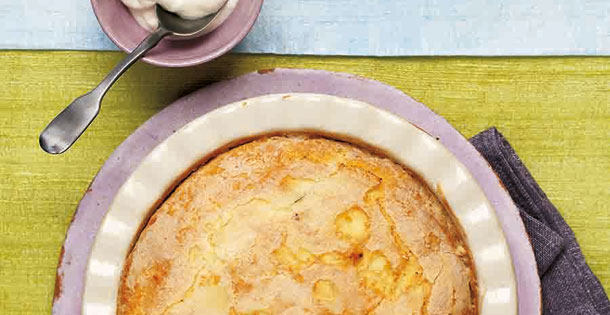
This delicious cake makes a wonderful alternative to more traditional holiday desserts, but it’s a treat any time of year.
5. The Funny Papers
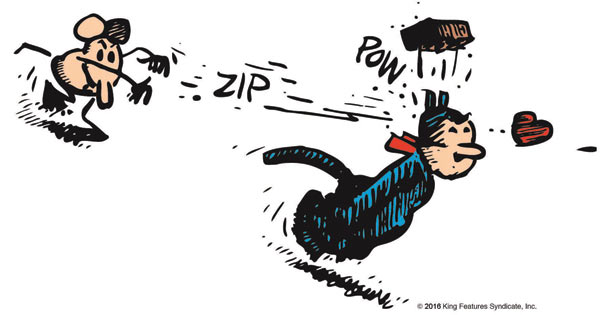
Newspapers may be in trouble, but the comic strip is alive and well — and flourishing online.
6. The New Marilyn Monroe
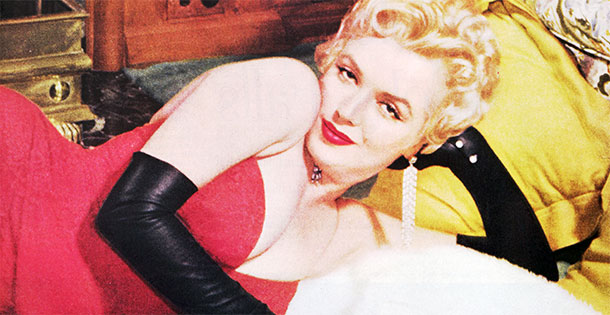
In 1956, Post editor Pete Martin wrote a surprisingly candid report on the Hollywood icon. He reveals things about the phenomenal blonde that even Marilyn herself didn’t know.
7. Crude Language on the Campaign Trail
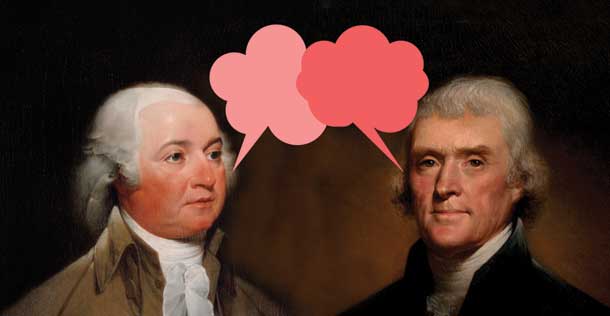
Think this year’s presidential campaign has been crass, coarse, and contentious? Campaigns in America have often been rough, with name-calling taking precedence over, and frequently obscuring, the issues of the day.
8. The Drug Epidemic That Is Killing Our Children
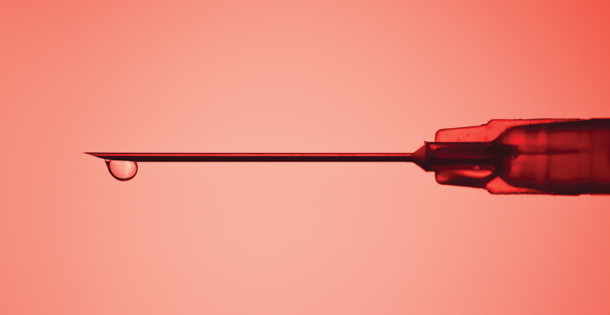
Parents who’ve lost children to opioid addiction are taking action, channeling their grief into getting the word out.
9. What Do Birds Do For Us?
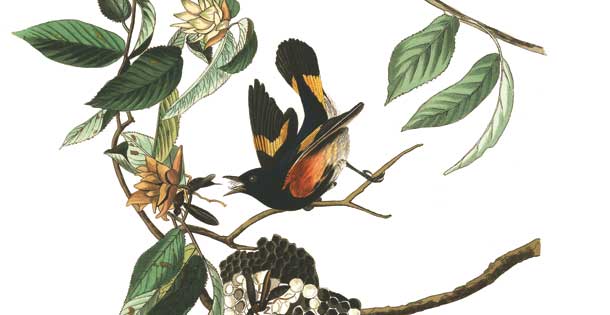
Birds are pretty, sure, but increasing scientific evidence reveals that life would be pretty tough without them.
10. When The Chicago Cubs Fought Gods, Goats, and the Front Office
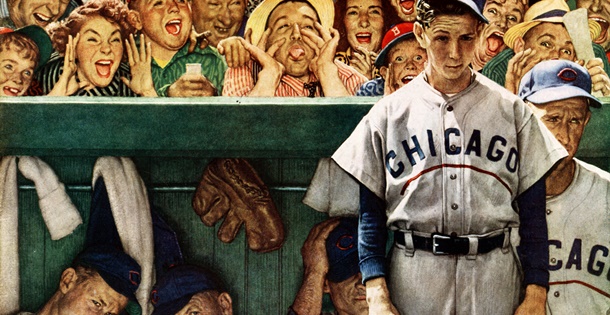
The Cubs waited 108 years between World Series wins. Was it because of a disinterested owner, an angry goat, or bad World Series karma? The article, “The Decline and Fall of the Cubs,” from the September 11, 1943 issue, raises similar questions.
